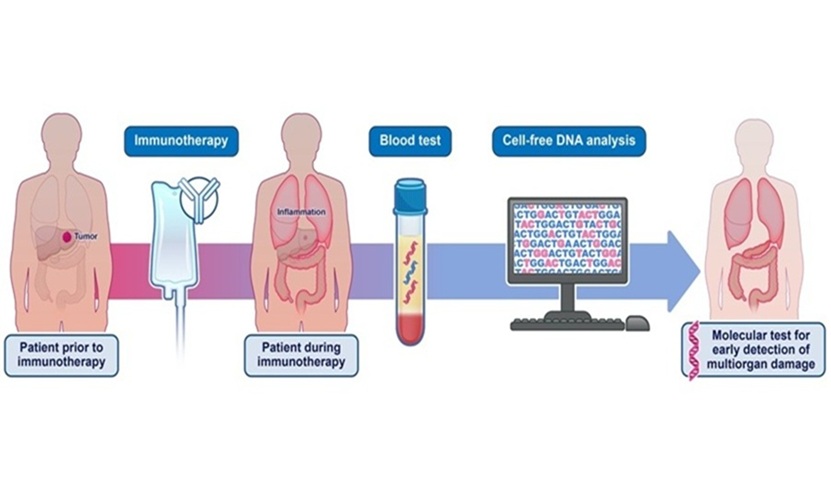Cutting-Edge Microscopy Technology Enables Tailored Rheumatology Therapies
Posted on 24 Jan 2025
Rheumatoid arthritis is the most common inflammatory joint disorder, with women three times as likely to suffer from the condition as men. Treatment advances made over the past decades have led to the development of several drugs with different action mechanisms, though many patients still fail to achieve clinical remission owing to a lack of tools to help identify the right treatment, leaving their symptoms insufficiently controlled. Clinicians resort to a “trial-and-error” approach to therapy, with one drug being tested after another. Some existing biomarkers can help predict treatment outcomes but are not yet suitable for routine clinical use or need invasive procedures. For the first time now, researchers have tested a precision medicine method that could allow for more targeted and accurate therapy selection for rheumatoid arthritis as well as other autoimmune diseases. The findings, published in EBioMedicine, mark a significant step forward in this field.
The method, developed at CeMM (Vienna, Austria) and the Medical University of Vienna (Vienna, Austria), leverages cutting-edge microscopy technology that can generate and analyze huge amounts of imaging data in a fully automated manner. Named “Pharmacoscopy”, this method allows for the direct measurement of drug effects on a variety of individual immune cells—a task that is highly labor-intensive to perform at this scale using conventional molecular biology techniques. Moreover, it enables the observation of drug effects without the need for elucidating the underlying molecular mechanisms. In the current study, the researchers combined the microscopy method with a so-called "ex vivo" stimulation process. Immune cells from blood samples from patients are treated outside the body (“ex vivo”) with medications used for rheumatoid arthritis, and the effects of the drugs on immune cells are analyzed microscopically.

Using this approach, the researchers took a snapshot of the behavior of immune cells in different conditions, enabling the identification of so-called "cellular phenotypes," that correlate with disease activity and therapeutic response. Going forward, these phenotypes could be used to predict the success of various treatments on a blood sample before being administered to patients.
“The presented work is the first showcase for the application of imaging-based ex vivo screening in combination with ex vivo drug treatment as an approach to rheumatic diseases. This forms the basis for the future development of novel assays for precision medicine and preferential treatment selection,” said CeMM’s Felix Kartnig, first author of the study.














